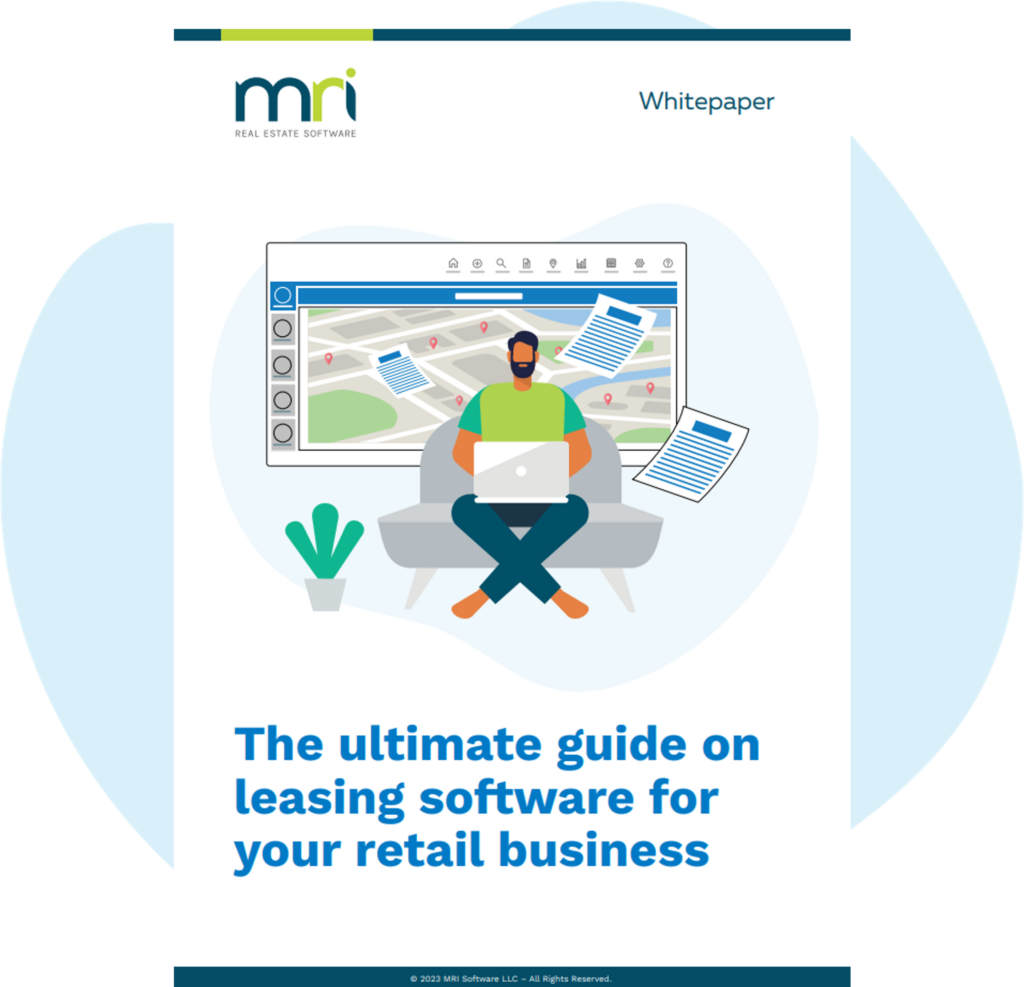The retail industry is an ever-evolving landscape, with new challenges emerging every day. One of
the most critical aspects of retail operations is leasing, which involves managing large amounts of
property and lease data, tracking important lease-related information, and ensuring compliance with lease agreements and regulatory requirements.
Leasing can be a complex and time-consuming process; without software, it can quickly become
overwhelming, particularly for large, complex retail portfolios with numerous locations and assets.
And if you’re still relying on spreadsheets for lease management in the retail industry, consider the
challenges it presents – disorganisation, stress, and the likelihood of errors that can negatively impact your business.
Fortunately, leasing software provides a solution. Leasing software is a powerful tool that
streamlines the leasing process, improves data accuracy, and enables retailers to make informed
decisions. With leasing software, retailers can manage leases more effectively, reduce the time and
effort required, and improve bottom-line results.
This guide is designed for leasing, property management, finance teams, and asset management
retail professionals. Whether you are a seasoned professional, new to the industry, or looking to
switch from manual processes, you will find valuable information and insights in this guide.
In this whitepaper, we will explore the following:
- Why leasing software is used in retail
- First steps to implementing the right solution
- The benefits of using leasing software for your retail businesses
- Key features to look for in a software solution
- How to overcome common leasing software implementation challenge
Download this whitepaper by filling in the form details across.
